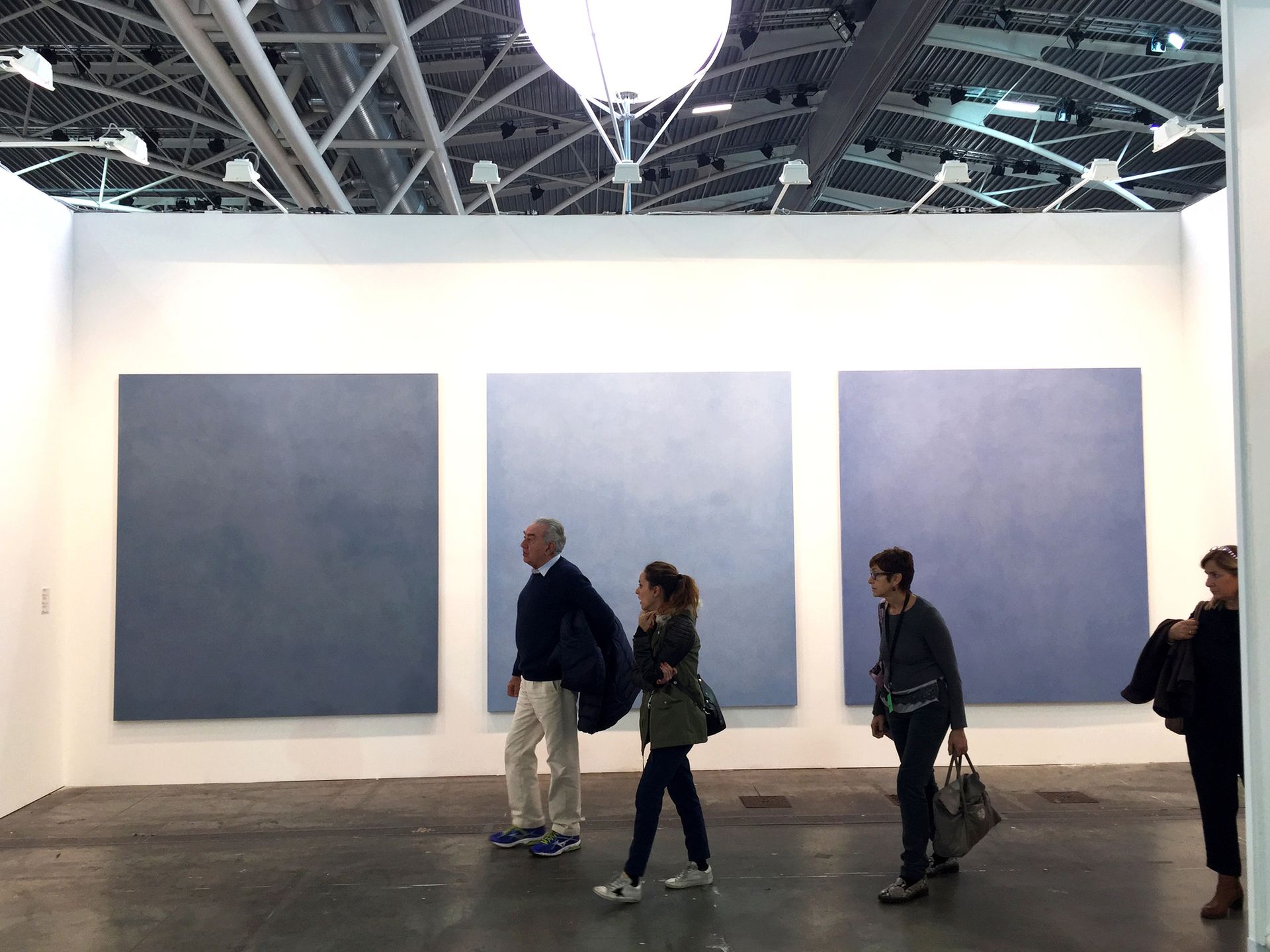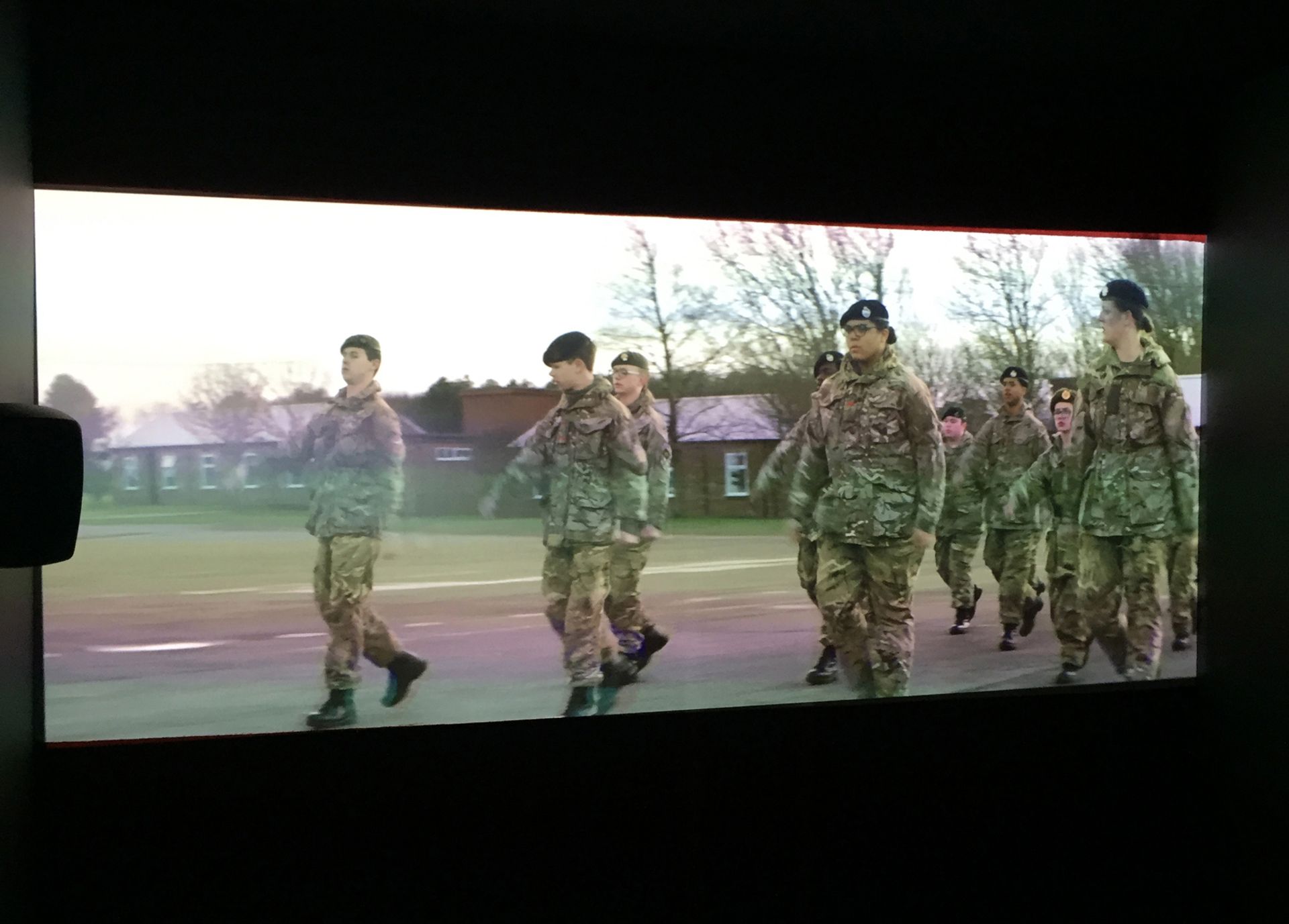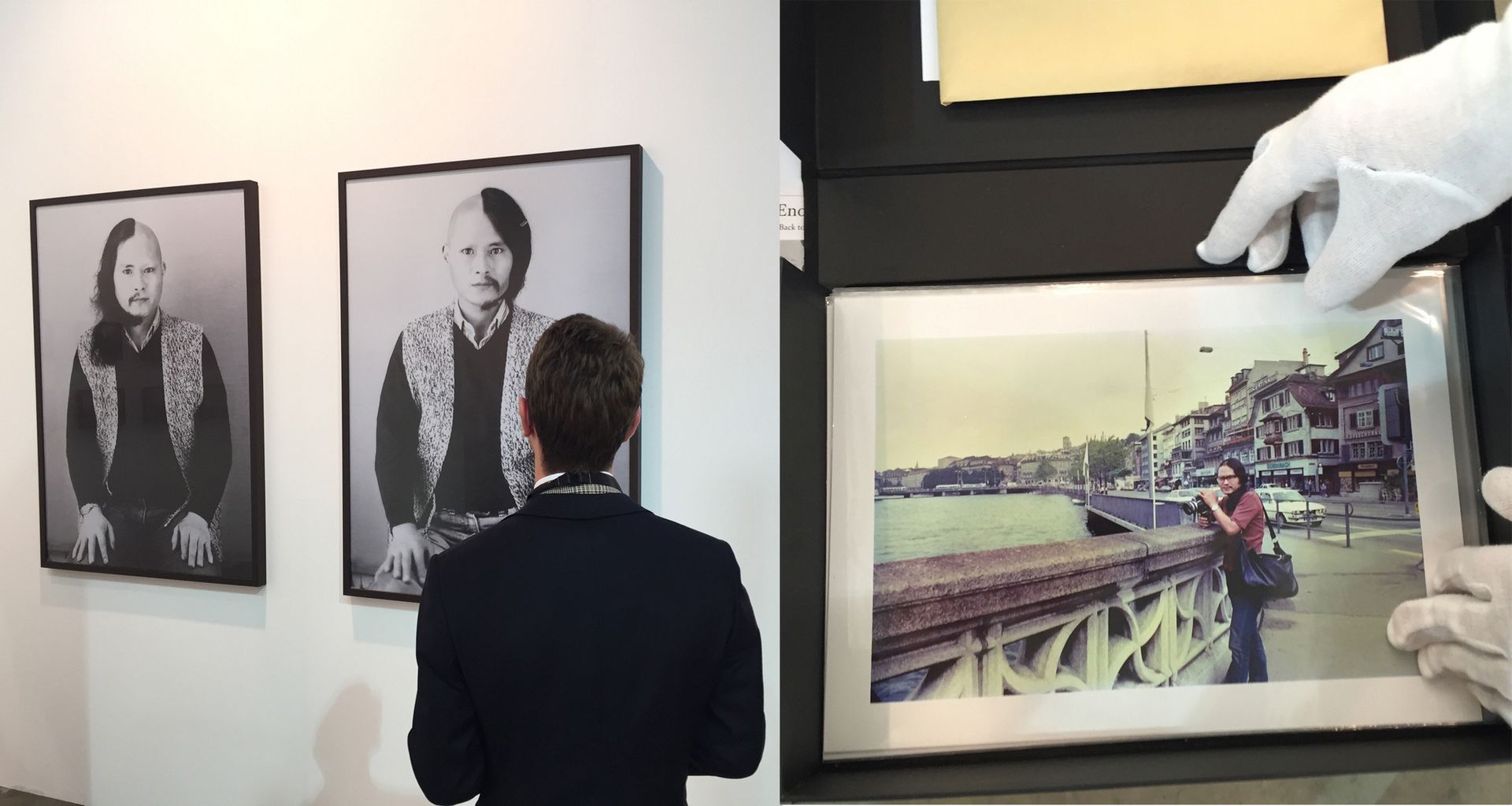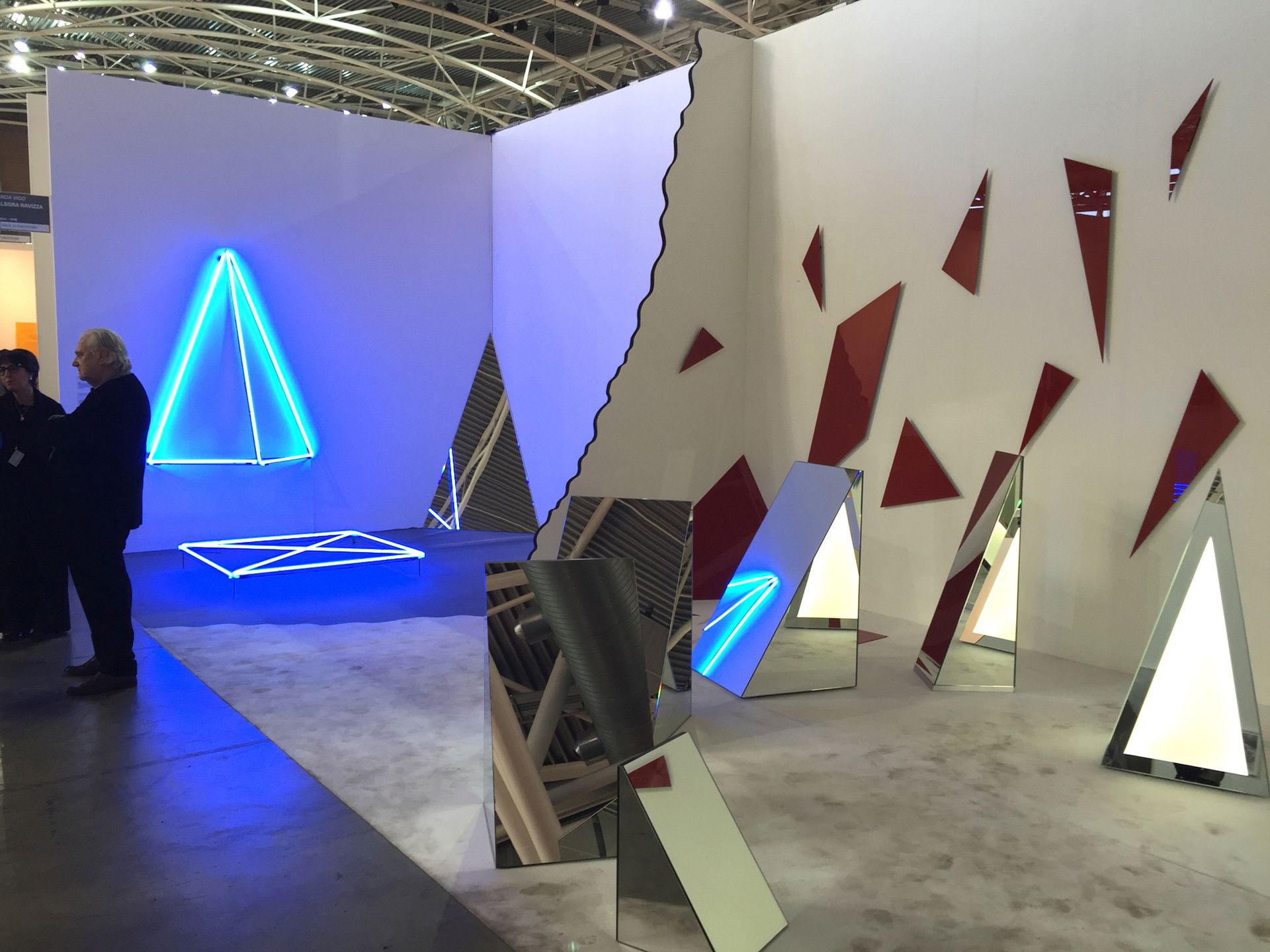In a permanently saturated art world calendar, Artissima in Turin—Italy’s most established contemporary art fair, now in its 22nd edition—is known for diversifying its offerings in a bid to stand out from the competition. Over the past few years, new initiatives have included performance pieces and Back to the Future, a section dedicated exclusively to under-appreciated and even undiscovered artists from the 1960s, 70s and 80s.
This year’s talking point, however, is the free art advisory service provided by UniCredit, one of Italy’s biggest banks and the fair’s principal sponsor. Italy has traditionally been a hotbed of collectors, but with the country’s VAT at a sky-high 22%, would-be collectors need all the encouragement they can get to start buying. “We’ve seen lots of interest so far, and it’s working because around 70% of the galleries here gave us their lists of works and prices in advance,” says Domenico Filipponi, the head of art advisory at UniCredit.
Exhibitors tend to bring works ranging from five to six figures for a crowd of savvy collectors and institutions. We have sel ected a few pieces and artists that stand out this year.

Gabriel de la Mora at Timothy Taylor Gallery This is the London gallery’s first time at the fair, “and we’ve only heard good things,” says one of their salespeople, Alexandra Leive. “It’s also quite a slow-burning fair, which is quite refreshing.” On their stand is work by the mid-career Mexican artist Gabriel de la Mora, notably a colourful metal triptych made from a repurposed floor that was salvaged from a derelict colonial house in Mexico City. The work sold for $50,000 on the opening night. Also by the same artist is a series of small, vintage photographic “intervention” pieces, such as the cheeky one in the foreground above, which are selling for $8,000 each.

Ettore Spalletti at Lia Rumma and Vistamare galleries
The Italian artist Ettore Spalletti, active since the 1970s, is undergoing somewhat of a revival. He’s enjoyed past shows at the Guggenheim New York (1993) and the Musée d’Art Moderne de la Ville de Paris (1991), and at the Palazzo Cini during the Venice Biennale this year. Mega-dealer Marian Goodman has just started representing him and sold his signature monochrome wall-pieces at Frieze London in October. His two Italian galleries, Lia Rumma and Vistamare, are both selling works ranging from €65,000 for smaller pieces to €150,000 for the larger ones, however those prices might go up. “Spalletti is becoming more and more international now,” says Valeria Fumo of Vistamare gallery.

Adam Broomberg and Oliver Chanarin at Lisson Gallery
Usually, you see Lisson Gallery selling works by big names like Ai Weiwei and Anish Kapoor at blue chip fairs, but at this fair you’ll find the London gallery in the Present Future section, which is reserved for young and emerging artists. It is showing photographs and a video work by the British duo Adam Broomberg and Oliver Chanarin, who started working with the gallery a year ago. “It’s good to do something different: a solo presentation with a curatorial concept and a less commercial angle,” says the gallery’s associate director Andreas Leventis. Their video, Rudiments (2015) is a subversive and irreverent take on military traditions of discipline and hierarchy. It finds its origins in a performance piece that the duo presented at Tate Modern’s Conflict Time Photography show earlier this year, which saw a group of cadets drumming their way through the museum. The video costs £40,000 and is one of three editions.

Chu Enoki at White Rainbow Gallery The London gallery White Rainbow specialises in Japanese post-war and contemporary art and is making its Artissima debut in the Back to the Future section with a quirky solo presentation by the little-known Chu Enoki, an influential Japanese conceptual artist whom Takashi Murakami cites as a major influence. Some of the works on show were inspired by a trip the artist took in 1977 to Hungary and to the first French retrospective of Marcel Duchamp in the newly opened Pompidou Centre. Taking his cue from the star shape that Duchamp once shaved on his head, Enoki shaved off all the hair on one side of his body, which in Japanese is called hangari (half-shaved). A double self-portrait of this act, Going to Hungary with HANGARI (1979), is priced at €25,000, and a set of 14 photographs from that trip is priced at €3,400 (edition of ten). Enoki has been “slow to work with galleries and has shied away from commercialising his work,” says the gallery director Yukiko Ito.

Nanda Vigo at Ca' di Fra' and Allegra Ravizza Post-war European avant-garde art, in particular the Zero group and Italian Spatialism, is riding a wave of popularity following shows such as last year’s Zero: Countdown to Tomorrow, 1950s-60s, at the Guggenheim in New York. The Italian artist Nanda Vigo is well-known in Germany, Switzerland and the Netherlands, where Zero Group artists such as Otto Piene and Heinz Mack were most active. She is widely credited as being the point of contact between the Zero Group and the Azimut Gallery in Milan, founded by Piero Manzoni and Enrico Castellani. She also famously piled her car full of works by Kusama, Piene and Mack and drove them to Italy so that she could put them in Zero Avantgarde, a show that she personally curated in Lucio Fontana’s Milanese studio in 1965. The installations on show here, which range from €46,000 to €300,000, come directly from the artist’s archive, and the booth is a collaboration between two galleries, Ca' di Fra' and Allegra Ravizza. A large installation, Frammenti di Riflessione (1979) was bought by Turin’s CRT bank foundation as a joint acquisition for the Galleria di Arte Moderna and the Castello di Rivoli.

